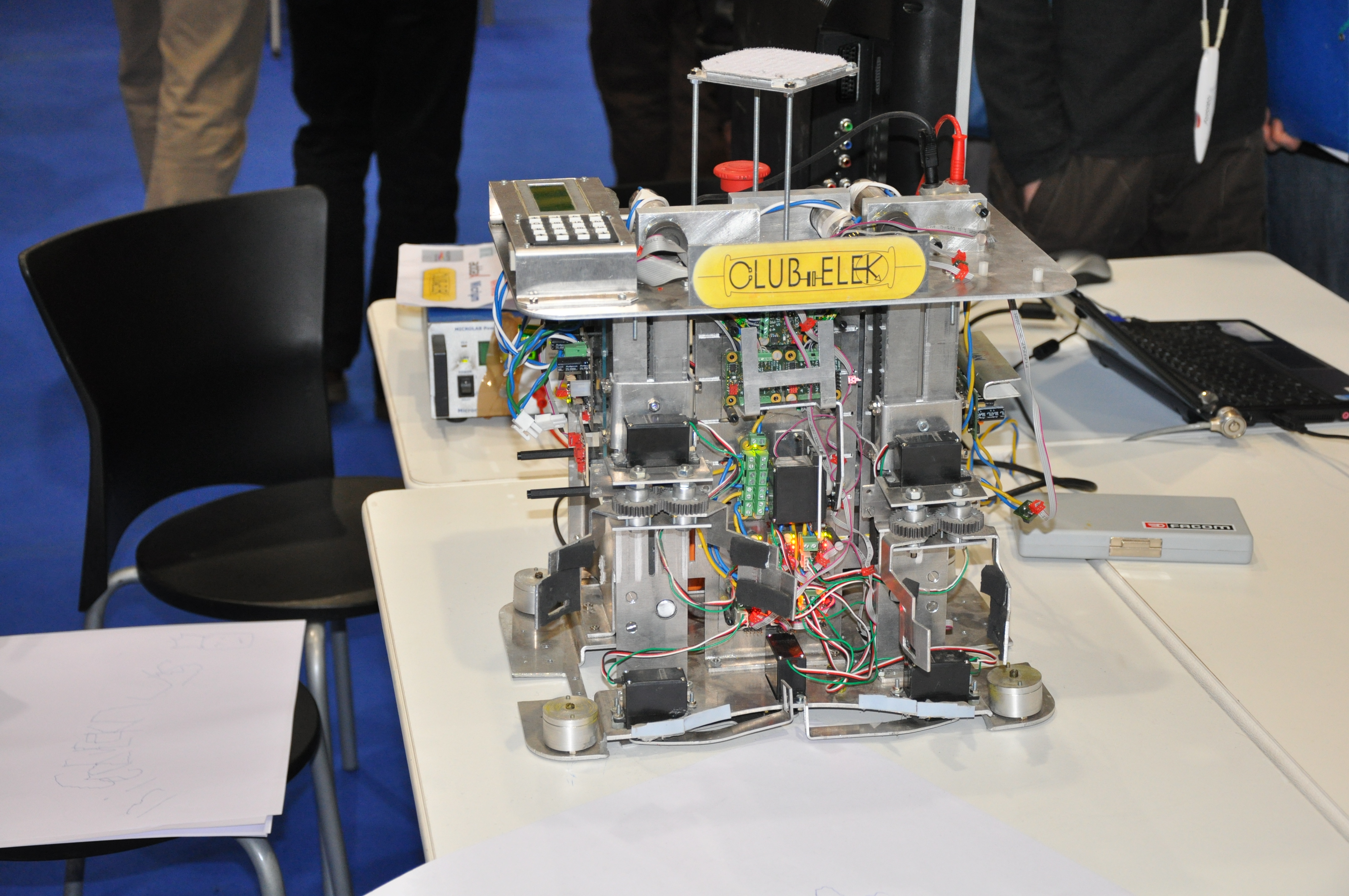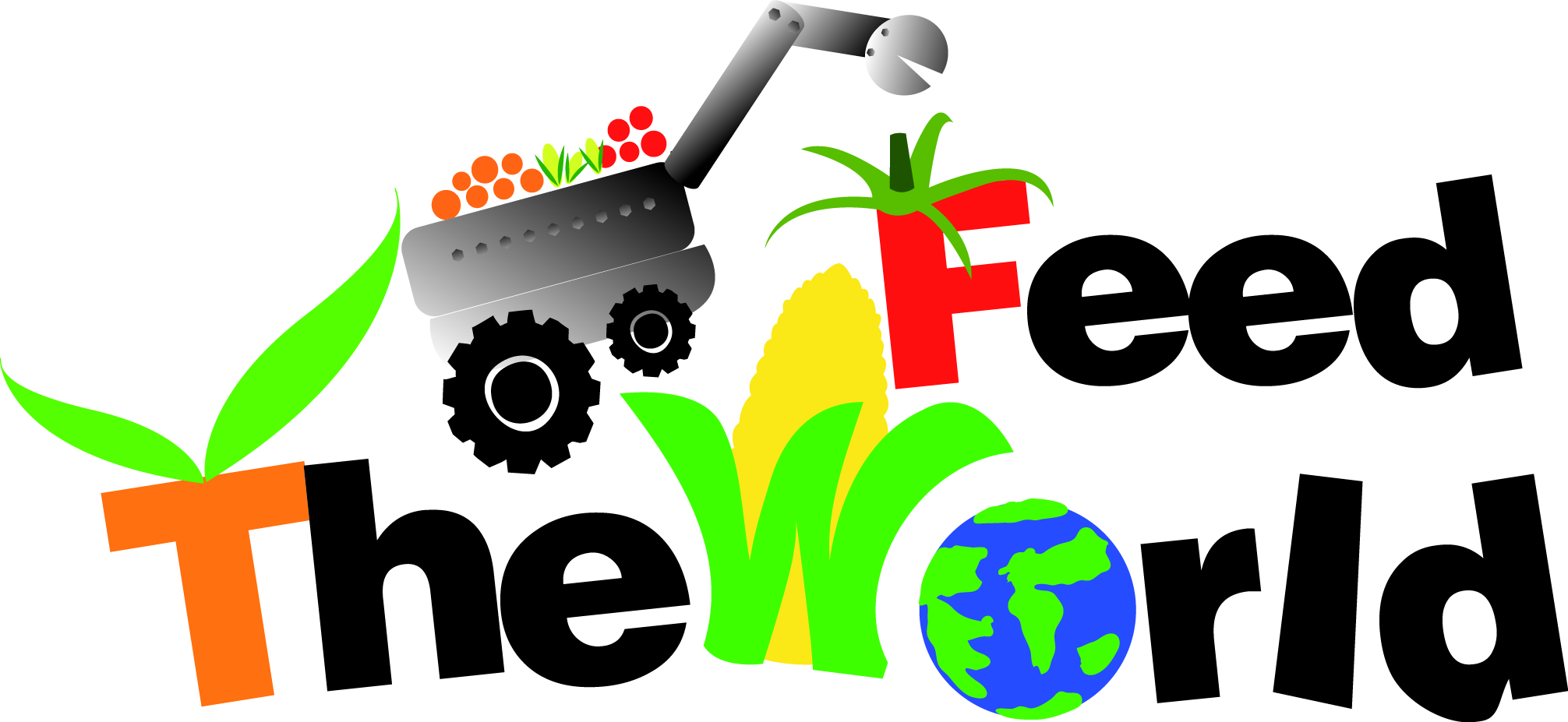Last week I worked really hard to implement a Feedback Control Loop in our shiny new robot. The main goal of this module is to make the robot move as nice and fast as possible . It wasn’t too hard to do, but as I wanted it to have a neat and configurable design, sketching took as much time as coding did.

Continue reading
For those who are in love and (or) those who like maths, this post might be interesting. For those who don’t, be aware: this post is about maths and hearts ;)
Some time ago, I designed a heart with mathematical functions. 14th of February seems the perfect day to offer something like this. It is original, cheap and easy to do. So if you’re in a hurry and forgot to buy a present to your girl/boyfriend, take a piece of paper and write him/her down the Heart Curve.
The Heart Curve is a mathematical relation that, when plotted, has the shape of a heart. This is easily accomplished by the use of several implicit functions.
Let $ H(x)$ be the Heart relation defined on $ [\frac{-\sqrt{13}-3}{5}, \frac{\sqrt{13}+3}{5}],$ $ (x, y) \in \mathbb{R}\times\mathbb{R}$ by:
$ H(x): \left\{ \begin{array}{clcr} (x+\frac{3}{5})^2 + (y-\frac{8}{5})^2 = \frac{13}{25}, & \text{if } y > x +2 \\ (x-\frac{3}{5})^2 + (y-\frac{8}{5})^2 = \frac{13}{25}, & \text{if } y > -x + 2\\ y^3 = x^2, & \text{if } x \in [-1,1]\\ \end{array} \right. $
The resulting plot without using the functions' definitions:

Continue reading
Last weekend, “Mondial des Métiers” took place at Eurexpo, Lyon. This is a national event where people can learn about all kind of jobs in France, There’s information about what professionals do, how they do it and how much they’re paid for doing it.
We, as the Clubelek, participated as an expositor in the informatics field. Young people asked us a lot of questions about our “job” and what kind of interesting stuff we do. We tried to be as informative as we could, but it wasn’t easy. We’re still students so most of the time we just talked about French Universities and where to study informatics in France.
Anyway, we showed off three prototypes:

Continue reading
We all know information is priceless. Whether we’re trying to find out how maglev trains work, or why there exist such a thing as the laplace transform, or even simplier: how to add friends in facebook. We always look for information.
In informatics, it is not different, programmers need to know how a program works before updating it, fixing it or adding new functions. Documenting software is not an easy task. Documenting is a way of describing how “your baby” should be used. Why it shouldn’t be used in certain cases and how it works.

Continue reading
The 2010 French Robot Cup rules are now online. You can get your own english copy here.
The objective of this year Robotics Cup is to collect elements from three different game zones. The elements represent either cereals, vegetables or flowers. There are two white boxes that will be used to weigh the collected products. Heavier objects are more difficult to collect. The robot that recollects the heaviest wins.

Continue reading
The development of this robot was halted during the summer holidays, however the project got really advanced in July, where with only a single month of work, results were already visible.
As I’ve already said in an older post, I first defined what I wanted the robot to do, then I started the “real” stuff ;):
The robot was (is) developed in three main phases:
I first chose every component knowing in advance which circuit boards I wanted to create.

Continue reading
 Project Euler is a series of challenging mathematical/computer programming problems, their difficulty varies from one problem to another and theoretically, they can be solved by anyone. A good mathematical knowledge is required to solve most of them, and good programming skills will make your life easier.
Project Euler is a series of challenging mathematical/computer programming problems, their difficulty varies from one problem to another and theoretically, they can be solved by anyone. A good mathematical knowledge is required to solve most of them, and good programming skills will make your life easier.
You may however, use the inductive chain learning approach, where solving the first problems will help you solve the next ones and so on by learning new methods and concepts, both in mathematics and in programming.
Continue reading
Long time ago, before going to the French Robot Cup. We created a beautiful artwork to show off the capabilities of Parki The Robot, both in French and in English.
Some had the idea of using an “octopus” style with connectors to ideas and information :

Continue reading